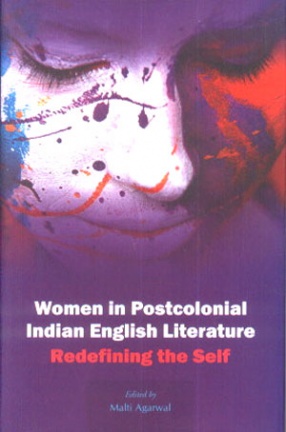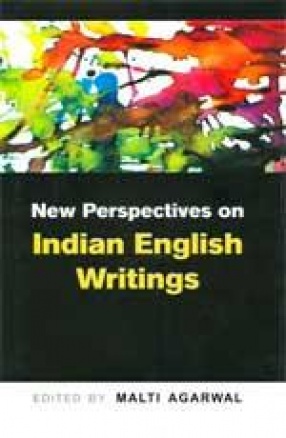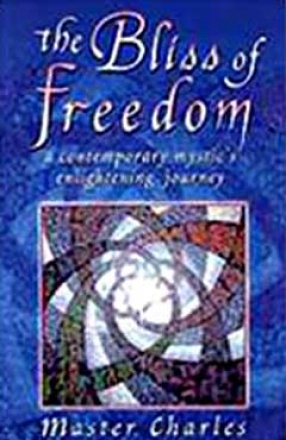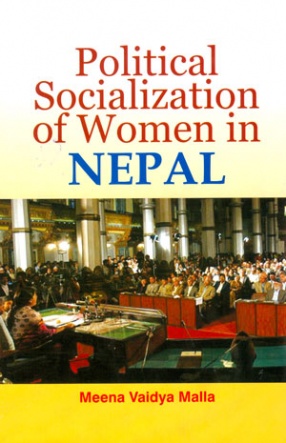Within the social structure of India itself there had been a typical man-woman relationship in terms of dependence and support. Woman was supposed to be the other caught in the cage of native cultural ethos. But gradually, spread of education and economic independence certainly brought a change in woman’s status in society, and the Feminist movement established her as an individual. Notwithstanding, she is still a victim of patriarchal rage male domination, sexual harassment, colonial mindset of males and so on. She is not treated as a person but only as a possession. She is a victim not only of man’s inhuman attitude but also of a system-the Hindu Dharma- which maintains that wife is her husband’s property and has no individuality outside that system.
In Indian English writings, the woman sometimes maintains the images of a self-sacrificial woman, to whom her Pati is her Parameshwar but sometimes she emerges as a revolutionary, struggling for her rights and standing against the patriarchal set-up of the Indian society. The writers of new generation like Shashi Deshpande, Nayantara Sehgal, Anita Desai, Githa Hariharan, Manju Kapur and others have depicted females who are no longer silent sufferers but have learnt to give voice, either vocally or silently, to their unvoiced resentment.








There are no reviews yet.